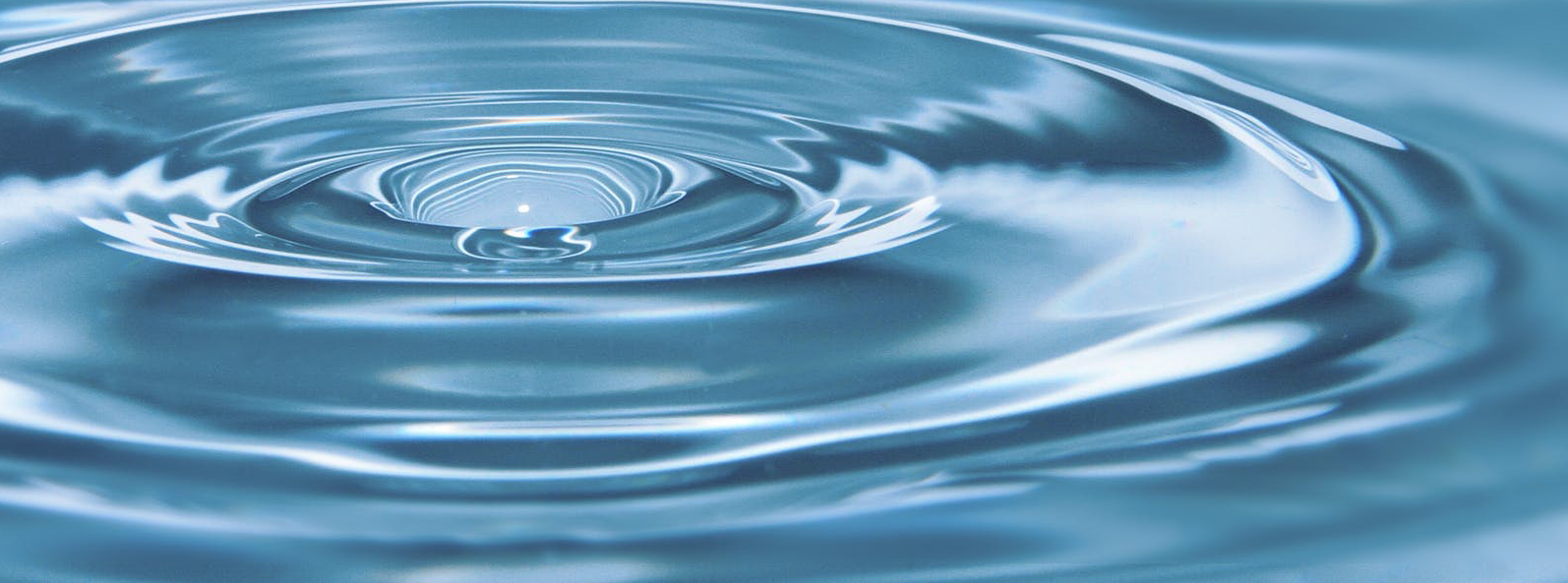Industrial estates have long been recognised as significant sources of pollution. Most were built prior to Sustainable Drainage Systems (SuDS) being a requirement for new developments, and many have surface water drainage systems conveying the surface water directly to the nearest watercourse. Despite decades of work towards solutions, there remain long-term diffuse pollution problems identified by SEPA ecological monitoring at many sites downstream of industrial estates.
End-of-pipe solutions have been successful at reducing pollution in the short term, but do not offer the best protection for the receiving waters over longer timescales. The ideal long-term solution for existing industrial estates is the retrofit of SuDS, implementing a treatment train with source control, conveyance, and end-of-pipe ponds/wetlands. This type of drainage infrastructure, combined with education on what can/cannot be discharged and a long-term maintenance plan, is required.
- Select a case study site to investigate the potential for retrofit of source control and conveyance SuDS for individual industrial premises on a large industrial estate. Use the case study to address the following questions:
- What types of SUDS would be suitable despite the constraints often present for retrofit?
- Is there a willingness to install?
- What are the barriers to installation (financial, land ownership, etc.)?
- What arrangements could be made for maintenance?
- Hold a workshop with all relevant parties to investigate how robust maintenance plans could be put in place for the long-term success of the potential treatment solutions.

